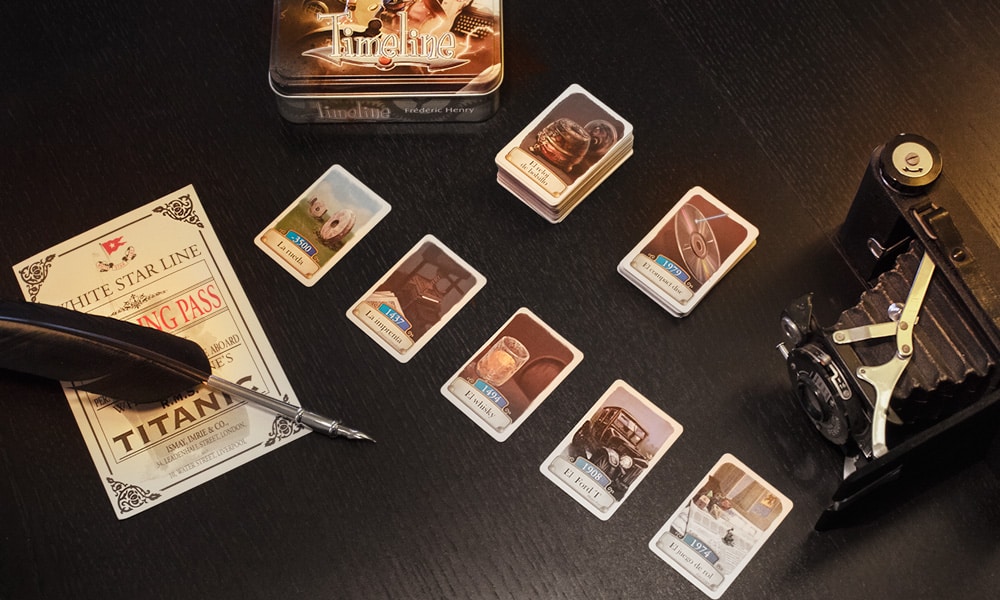
A pro-weed march in Montevideo. (Photo by Santiago Mazzarovich)
It seems almost guaranteed that, this November, weed will be legalized in Uruguay. The move—hailed as an "experiment" that could make a "contribution to humanity" by Uruguayan president Jose Mujica—would be completely unique, in that it will be the first program in the world to establish government control over the entire marijuana industry, including the cultivation, trafficking, and sale of the drug.
Even though the use of all drugs has been decriminalized in Uruguay for over 30 years, users have had to buy their weed from street dealers. However, when the law comes into force, the stuff on sale will be bought from legitimate and, more importantly, heavily regulated sources. At an estimated $2.50 per gram, it's being priced in direct competition with the black market—the rationale being that people won’t want to buy a sub-standard product from a drug dealer when they can get a quality-controled drug from the state for exactly the same price.
After registering with the state, citizens will be able to purchase up to 40 grams of marijuana a month, as well as being allowed to grow their own personal stashes. For the more entrepreneurial amateur botanists, private companies, and cooperatives will be permitted to cultivate their own product, just as long as they stay within certain limits and only sell their crop through government-run pharmacies.
But as jubilant as the country’s smokers may be, this law isn’t just being passed to improve their access to Cannabis Cup-worthy weed. Instead, as part of a 15-point government program called "Strategy for Life and Coexistence," it's a move to hopefully make the country a safer place to live, freeing up more time for authorities to deal with organized crime rather than frittering away their time on marijuana arrests.
Unsurprisingly, this step towards legalization didn't happen overnight. The move is the culmination of years of campaigning by citizens, NGOs, and politicians. Clara Musto from the Uruguayan activist group Pro Derechos—or Pro Rights—told me all about the obstacles her organization has faced in the lead-up to this historic change in legislature.

A pro-weed march in Montevideo. (Photo by Santiago Mazzarovich)
It turns out that the main issue was convincing people that the debate wasn’t really about drugs at all. It has taken a long time “to reach a turning point in the public debate, where people don’t see this as a discussion about marijuana and whether [it] is harmful for your health," Clara told me. "Or if it is good or bad to use marijuana, but about the marijuana laws [themselves]."
The mass media haven’t been particularly helpful at getting this message across, either: "Marijuana is a subject that is really stigmatized,” Clara continued, “and the pictures that you see in the papers and on the television will be of a boy smoking a huge joint […] because that’s how they see this issue, and that is not helping us deconstruct this stigma."
Supporters of the Pro Derechos' campaign defy the typical image of a pro-marijuana group. Instead of a disorganized, dreadlocked mass, moving as one in a confused haze of cries about weed just being a plant, they are men and women from all walks of life—the young and the old, stay-at-home moms and businessmen, and people who don't even smoke marijuana themselves.
The campaign has picked up this kind of support by producing graphics emphasising the social benefits of legalization: from a boost in the economy to how hard drug use may decrease.

A campaign poster from Pro Derechos featuring a picture of the Uruguayan President. (Image courtesy of Pro Derechos)
But most important to the push for the government's big weed takeover is the perception that insecurity and crime have risen over the past decade in the previously sleepy country. Despite the fact Montevideo is nothing like Colombia’s murderous battlefields of Bogota and Medellin (which see roughly ten times as many murders), those living in Uruguay’s capital are more likely to label their home as “highly unsafe” than anyone living in either of Colombia’s two most violent cities.
Their opinions might appear a little exaggerated, but crime has indeed risen over the past ten years. This is, according to police and drug officials, due to the influx of cocaine paste, which flooded the country after the precursor chemicals used to make cocaine were regulated in Colombia and Peru, meaning that traffickers had to find a new market in which to sell their product. The combination of the 2002 economic crisis, waves of unemployment, and a new cheap drug led to an increase in criminal gang activity in the country.
When I called Geoff Ramsey, an Open Societies Foundation researcher, he told me that legalizing marijuana—although certainly not being a silver-bullet policy—could help undermine local gangs that also deal in prostitution and small-scale crime. "In Uruguay, there are actually Peruvian and Colombian transnational crime organizations that take advantage of the Montevideo port to ship cocaine to a mostly European market," he told me, "and they will probably not be affected by this. However, the local, urban, prototypical gangs that do exist will take a big hit."

A pro-weed march in Montevideo. (Photo by Santiago Mazzarovich)
While it might not be the most profitable of drugs to sell, the market for marijuana is the most popular in Uruguay, with 20 percent of the population smoking it at some point in their lives. If that trade is taken out of the hands of local criminals—criminals who contribute to the insecurity in the country—their wallets are going to start to feel a whole lot lighter.
Of course, this being the first experiment of its kind in the world, it could backfire. Criminals aren’t likely to just drop everything and line up at the job center in the search for a straight life of work. Luckily, the President of Uruguay, José Mujica, seems aware of this, as he has also ramped up spending on law enforcement. Money that will presumably be generated by the sale of government marijuana will be targeted at curbing the hard drug trafficking that criminals may divert to, as well as making sure that any new marijuana growers don’t go over the determined limits. If these possible outcomes are dealt with, the legalization of marijuana in Uruguay—according to Geoff, at least—"stands a good chance of reducing homicides and other violent crime."
This could potentially set a precedent for other countries in Latin America and all over the world when it comes to drug policy, or at least inspire them to act against the prohibitionist status-quo. In fact, some of them are already doing just that, with Ecuador recently decriminalizing personal drug use and the presidents of both Colombia and Guatemala stating they want to research alternatives to the destructive US-led War on Drugs.
Of course, hasty excitement must be managed, because—at this stage—the scheme is merely an "experiment," and one that the world will be keeping a very close eye on. However, if it is a success and manages to produce all the benefits that the Uruguayan government is claiming, then who knows which country will next install its political leader at the head of its marijuana industry.
Follow Joseph on Twitter: @josephfcox
More stuff about drug policy:
WATCH: Kings of Cannabis



























 ¿Seguro que no hay suficiente información?
¿Seguro que no hay suficiente información? 




































































